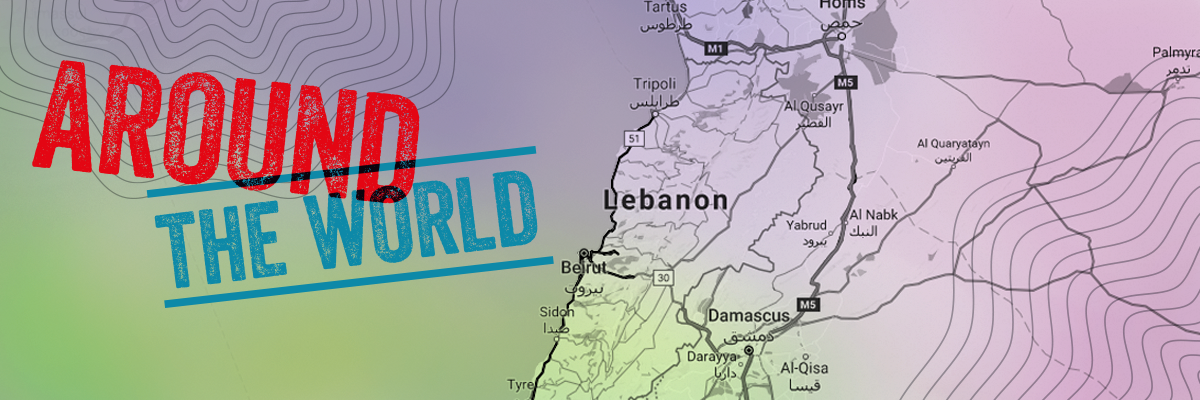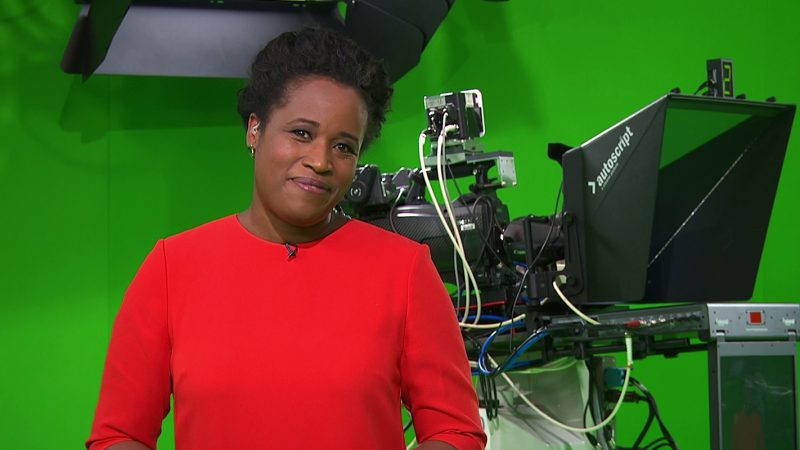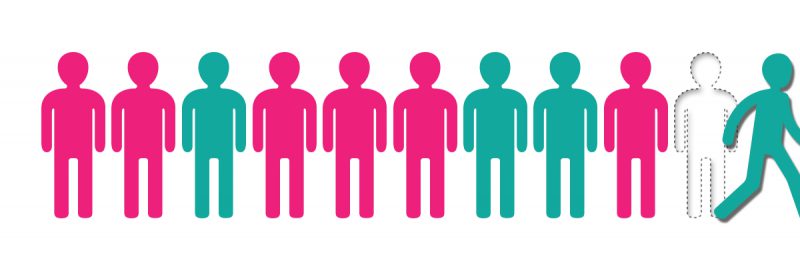Around The World – Syria
In our regular piece we look at educational stories from around the world. This time we do not not just highlight the issues in one country but the plight of young people across the world, beginning with Syria.
A lack of education can disempower those who need an opportunity the most and can lead to extreme poverty for generations. When a massive humanitarian crisis, such as the war in Syria and subsequent refugee crisis, is thrown into the mix, there is a massive flow-on disruption to children’s education and the likelihood of disadvantage multiplies.
Five years ago, before the conflict started, almost all children in Syria attended school. Now, Syria is dealing with a 50% attendance rate in schools, which is one of the lowest in the world. According to the UN, by 2014 it is estimated that a quarter of Syrian schools were destroyed, causing many parents to (rightfully) be scared of sending their children to school. Outside of Syria only 50% of Syrian Refugees have access to any formal education. Many of these kids have been out of school for the full 5 years since the conflict began, and cannot jump right back into formal education.
In many ways the situation in Syria is just the tip of the iceberg.
Last year, 124 million children and young people had either never started school or have dropped out, and the number is rising. This represents around 59 million children of primary school age and almost 65 million adolescents not in school. Over 100 million young women living in developing countries are unable to read a single sentence. In some of the world’s poorest countries, up to 95% of children with disabilities are out of school. If the current trends of inequitable and stalled progress continue, 15 million girls and 10 million boys worldwide will never set foot in a classroom.
To add to this dire situation, almost half of all children who are out of school are from countries around the world that have been affected by emergencies such as conflict or natural disaster, including Niger, South Sudan and Afghanistan. The Overseas Development Institute estimates that some 37 million children between the ages of 3 and 15 are out of school in conflict and emergency-affected areas.
That’s equivalent to the population of 7 major countries in Europe!
The impact on girls is also alarming. Young girls are 90% more likely to be out of secondary school in conflict areas than elsewhere. Investment in education can prevent the risks of forced labour, child marriage, extremism, lost income and opportunities that are becoming all too common alternatives for young female refugees who are searching for meaning and direction or are trying to provide for their families. Education can give their life purpose, renewed opportunities in later life and can protect them from exploitation.
Maria Assi of Beyond Association in Lebanon works with refugee children from Syria.
Her work in the centre is as much a labour of love as it is tackling the practical issues of ensuring there is enough money to continue the work. It is about giving the children educational tools for the future as well as saving them from the worst forms of child labour.
“Every child has a place in my heart – they all have their own story,” she admits, watching a class of kids filing into a hut to perform a song they have written about their feelings on the war and having to leave their homes in Syria.
“The need is so big when you see a generation that has been damaged. Maybe we are helping 40% of them but 60% are not being reached. They have no education. They cannot read or write. There are 4000 settlements in Lebanon, some have two or three tents, some have 200 to 300. We can’t reach them all. I get angry but it makes me work harder. The world can do more for them.”




